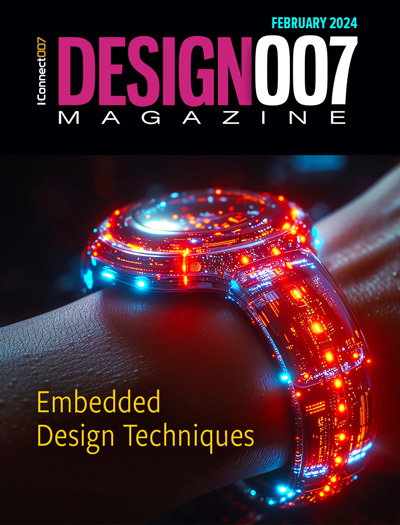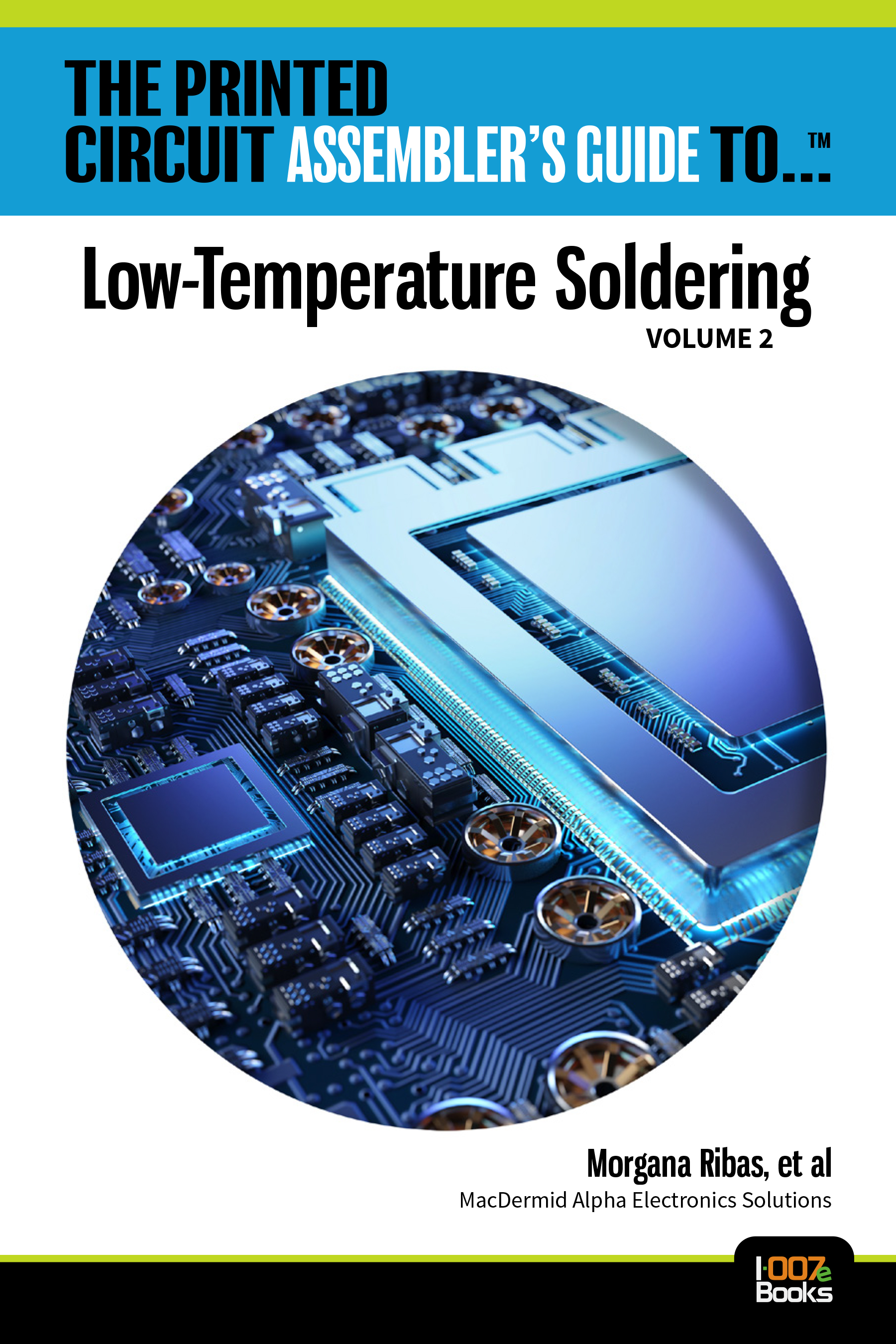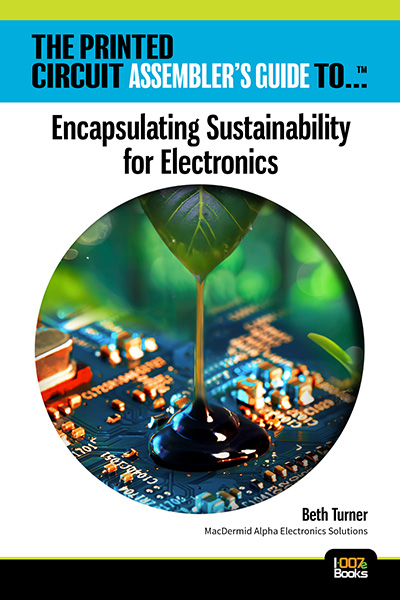-

- News
- Books
Featured Books
- design007 Magazine
Latest Issues
Current Issue
Level Up Your Design Skills
This month, our contributors discuss the PCB design classes available at IPC APEX EXPO 2024. As they explain, these courses cover everything from the basics of design through avoiding over-constraining high-speed boards, and so much more!

Opportunities and Challenges
In this issue, our expert contributors discuss the many opportunities and challenges in the PCB design community, and what can be done to grow the numbers of PCB designers—and design instructors.

Embedded Design Techniques
Our expert contributors provide the knowledge this month that designers need to be aware of to make intelligent, educated decisions about embedded design. Many design and manufacturing hurdles can trip up designers who are new to this technology.
- Articles
- Columns
Search Console
- Links
- Events
||| MENU - design007 Magazine
Beyond Design
Column from: Barry Olney
Barry Olney is managing director of In-Circuit Design Pty Ltd (ICD), Australia. The company develops the ICD Stackup Planner and ICD PDN Planner software, is a PCB Design Service Bureau and specializes in board level simulation.
Barry began designing high-speed multilayer PCBs in 1987 for broadband telecommunications products and has since focused on developing his skills and sharing his knowledge of PCB design, signal integrity and EMC design techniques with other designers.
Barry has presented training courses in Advanced Design for SMT since 1994 and more recently, the Fundamentals of High-Speed Design as well as application training courses for VeriBest and Mentor Graphics. His clients have ranged from telecommunication giants to startups and include Westinghouse, British Aerospace, Fujitsu, Nokia, Siemens VDO and Defense Science and Technology Organization, to name just a few.
Through the years, ICD has received an Engineering Excellence award for the SparcPlug Station server, Top Worldwide Business Partner award by VeriBest Inc, Top 2005 Asian Distributor Marketing and Top 2005 Worldwide Distributor Marketing by Mentor Graphics Board System Division.


